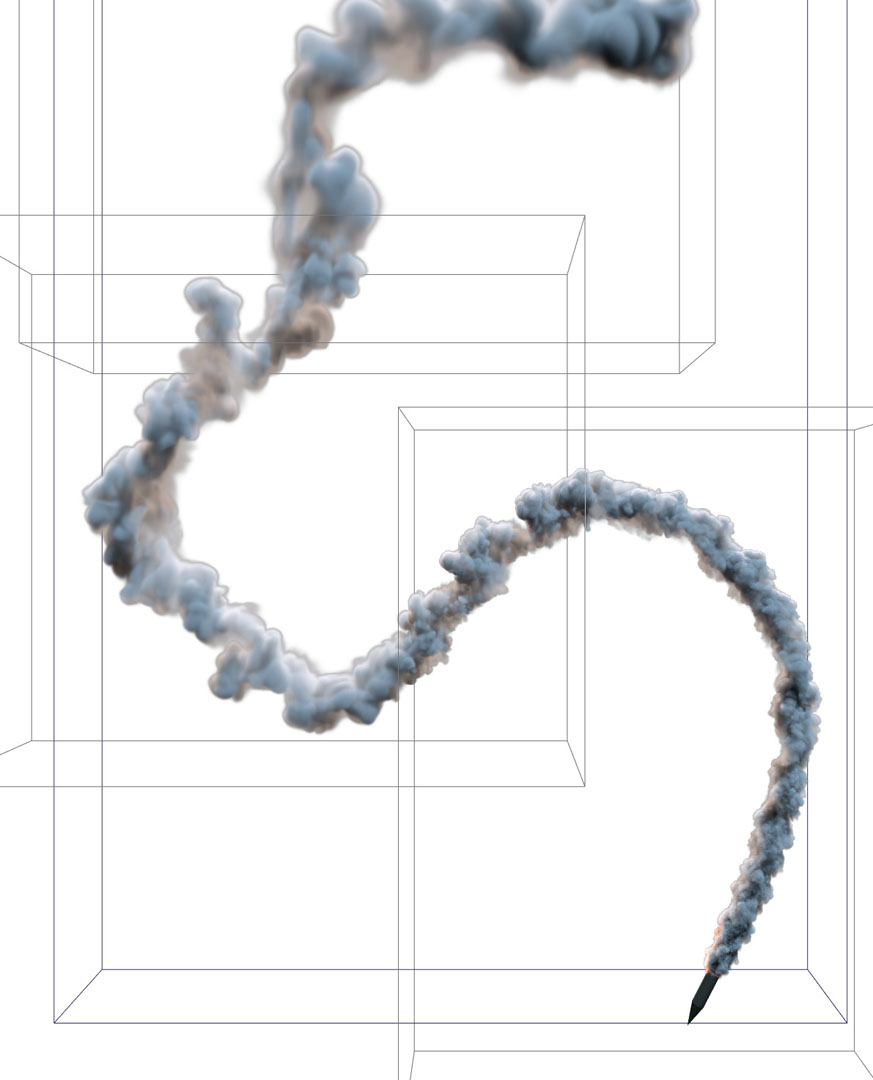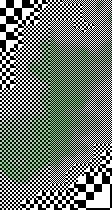“A Collocated Spatially Adaptive Approach to Smoke Simulation in Bifrost”
Conference:
Type(s):
Entry Number: 79
Title:
- A Collocated Spatially Adaptive Approach to Smoke Simulation in Bifrost
Presenter(s)/Author(s):
Abstract:
Simulations of smoke are pervasive in the production of visual effects for commercials, movies and games: from cigarette smoke and subtle dust to large-scale clouds of soot and vapor emanating from fires and explosions. In this talk we present a new Eulerian method that targets the simulation of such phenomena on a structured spatially adaptive voxel grid — thereby achieving an improvement in memory usage and computational performance over regular dense and sparse grids at uniform resolution. Contrary to e.g. Setaluri et al. [2014], we use velocities collocated at voxel corners which allows sharper interpolation for spatially adaptive simulations, is faster for sampling, and promotes ease-of-use in an open procedural environment where technical artists often construct small computational graphs that apply forces, dissipation etc. to the velocities. The collocated method requires special treatment when projecting out the divergent velocity modes to prevent non-physical high frequency oscillations (not addressed by Ferstl et al. [2014]). To this end we explored discretization and filtering methods from computational physics, combining them with a matrix-free adaptive multigrid scheme based on MLAT and FAS [Trottenberg and Schuller 2001]. Finally we contribute a new volumetric quadrature approach to temporally smooth emission which outperforms e.g. Gaussian quadrature at large time steps. We have implemented our method in the cross-platform Autodesk Bifrost procedural environment which facilitates customization by the individual technical artist, and our implementation is in production use at several major studios. We refer the reader to the accompanying video for examples that illustrate our novel workflows for spatially adaptive simulations and the benefits of our approach. We note that several methods for adaptive fluid simulation have been proposed in recent years, e.g. [Ferstl et al. 2014; Setaluri et al. 2014], and we have drawn a lot of inspiration from these. However, to the best of our knowledge we are the first in computer graphics to propose a collocated velocity, spatially adaptive and matrix-free smoke simulation method that explicitly mitigates non-physical divergent modes.
References:
Ronald Fedkiw, Jos Stam, and Henrik Wann Jensen. 2001. Visual Simulation of Smoke. In Proceedings of the 28th Annual Conference on Computer Graphics and Interactive Techniques (SIGGRAPH ’01). ACM, New York, NY, USA, 15–22.
F. Ferstl, R. Westermann, and C. Dick. 2014. Large-Scale Liquid Simulation on Adaptive Hexahedral Grids. Visualization and Computer Graphics, IEEE Transactions on 20, 10 (Oct 2014), 1405–1417.
Michael B. Nielsen and Robert Bridson. 2016. Spatially Adaptive FLIP Fluid Simulations in Bifrost. In ACM SIGGRAPH 2016 Talks (SIGGRAPH ’16). ACM, New York, NY, USA, Article 41, 2 pages.
William J. Rider. 1995. Approximate Projection Methods for Incompressible Flow: Implementation, Variants and Robustness. Technical Report.
Rajsekhar Setaluri, Mridul Aanjaneya, Sean Bauer, and Eftychios Sifakis. 2014. SPGrid: A Sparse Paged Grid Structure Applied to Adaptive Smoke Simulation. ACM Trans. Graph. 33, 6, Article 205 (Nov. 2014), 12 pages.
Ulrich Trottenberg and Anton Schuller. 2001. Multigrid. Academic Press, Inc., Orlando, FL, USA.






